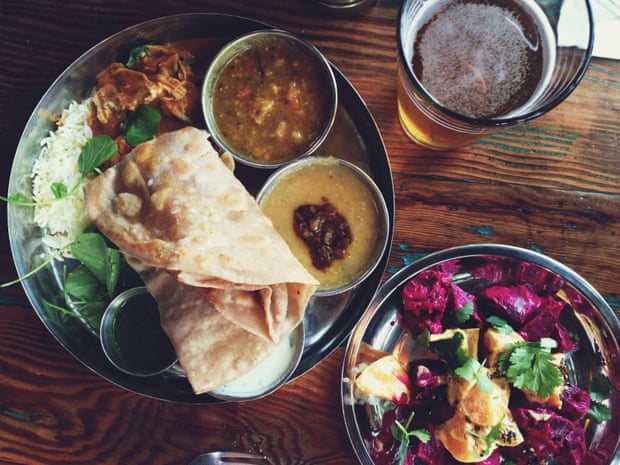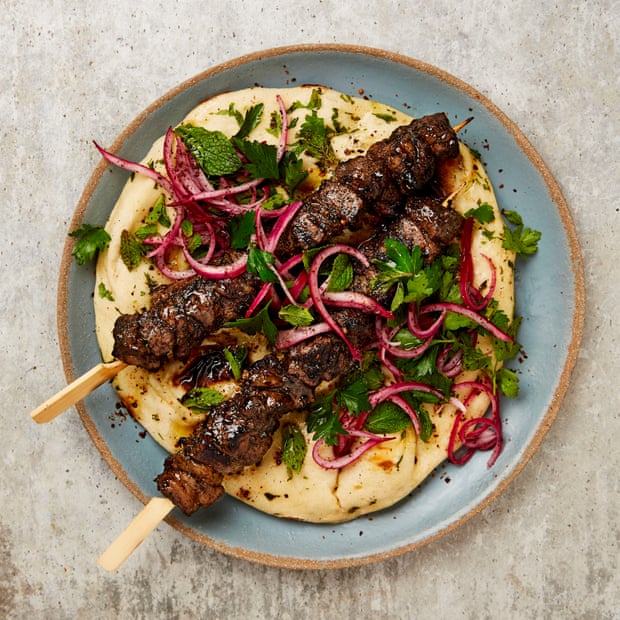Charlottetown city council has voted to officially adopt the food charter established by the Charlottetown Food Council.
A food charter is a visionary guiding document that describes what a community wants its food system to look like. It is a non-binding reference document that provides guidance for developing food-related policy and projects within the community.
“The food charter is an extremely valuable tool that will be used to engage the community and incorporates the overall mission and goals of the Charlottetown Food Council,” said Coun. Terry MacLeod, chairman of the Environment and Sustainability Committee.
“Food security is an issue that has been raised by the community for years. The adoption of the food charter, which also aligns with the goals of our Integrated Community Sustainability Plan (ICSP), is an encouraging step forward.”
The Charlottetown Food Council was established in 2018 and is comprised of 13 members and two city employees. The members began developing the food charter during the group’s strategic planning sessions. It was created by reviewing various examples from other Canadian cities and considering regionally relevant goals and principles.
“The adoption of the Charlottetown food charter clearly establishes the City of Charlottetown as a leader in food policy in this province,” said Karen Murchison, chairwoman of the Charlottetown Food Council.
“Our goal as the Charlottetown Food Council is to use this as an opportunity to advance positive change in the food environment within the City.”
More than 60 other municipalities in Canada have recognized the value of making food a priority in their community and have taken on the challenge of improving the regional food system that they operate within through the establishment of a local Food Council and adoption of a Food Charter.




